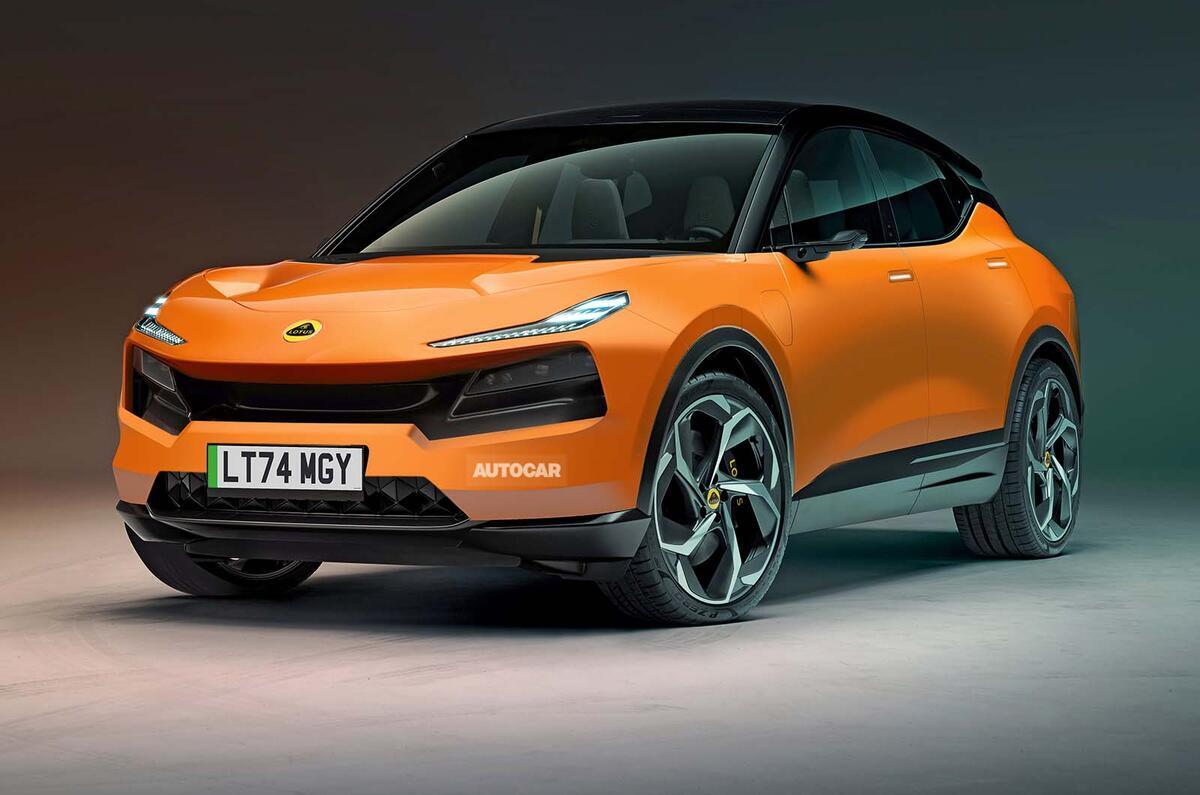Lotus won't launch any new model lines for the next two years, instead shifting focus to the launch of new range-extender hybrid models in response to waning demand for electric luxury cars.
The brand's new European CEO, Dan Balmer, previously a high-ranking Aston Martin executive and alumni of BMW and Rolls-Royce, confirmed the hiatus on new product launches in his first appearance in the role, following the exit of Mike Johnstone earlier this year.




Join the debate
Add your comment
Looks like there's a train crash coming down the tracks. Hope I'm wrong but a two tonne Lotus? Made in China? How's that going to work? I know muttering rotters have all been blindsided by these gargantian monsters but, well, it's just not Lotus is it?